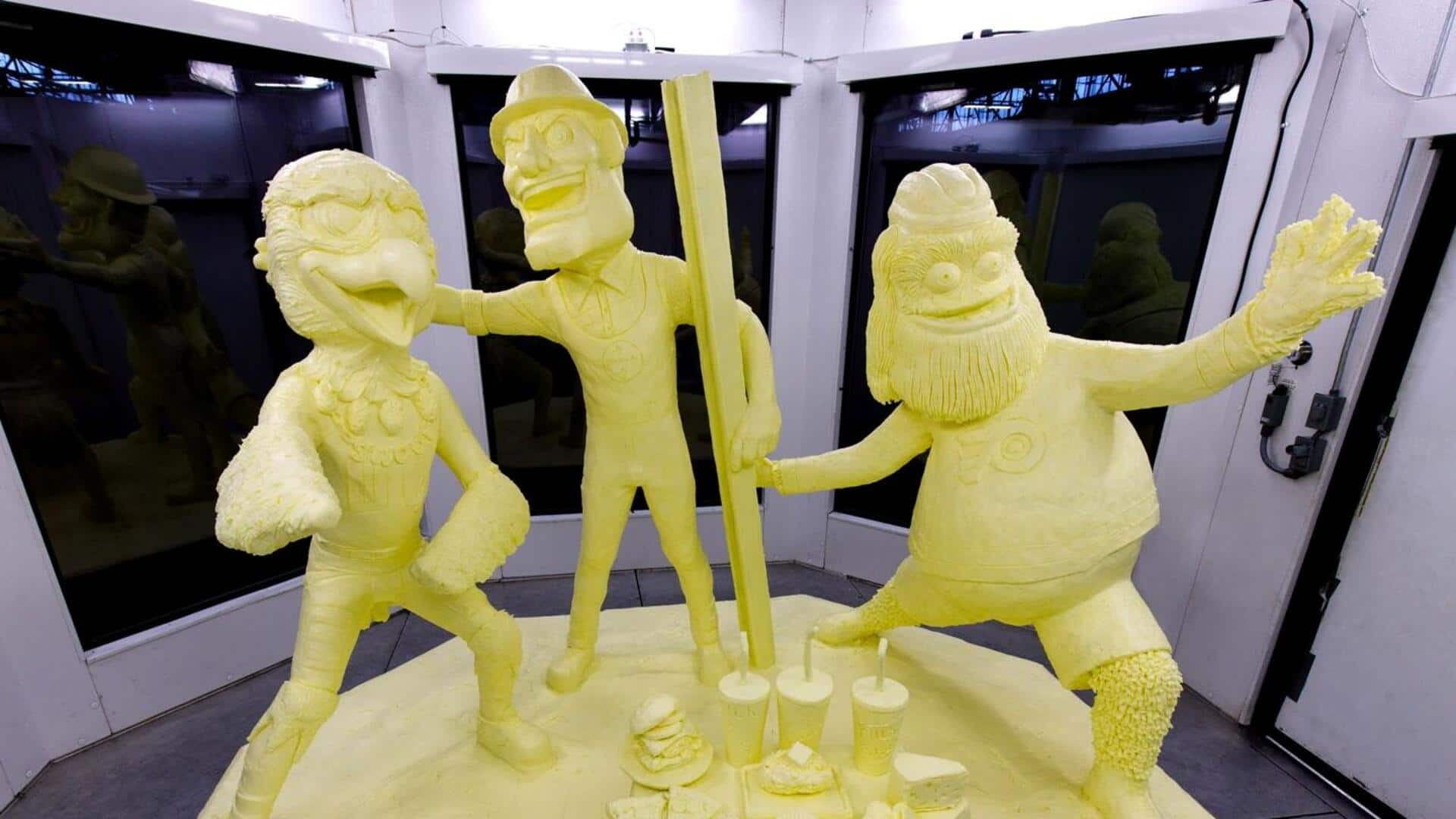
Butter statues in Europe: Craftsmanship and heritage
What's the story
Butter statues are some of the most unique works of art that have made a place for themselves in several European museums. From the everyday dairy product, artists create the most intricate of sculptures, highlighting their creativity and skill. The practice of butter sculpting has been around for a long time, but it still fascinates people with its ephemeral beauty. Let's explore butter statues and European museums.
Origins
Historical roots of butter sculpting
The tradition of making butter sculptures is centuries-old, dating back to harvest festivals and celebrations. In Europe, such sculptures were commonly used as centerpieces during celebrations. The tradition evolved over the years, growing more elaborate and intricate as artists perfected their craft. Today, these sculptures are revered for their artistic value and cultural significance.
Craftsmanship
Techniques used by artists
Creating a butter statue has to be precise and requires a lot of patience. Artists opt for chilled butter blocks as their medium, carving them carefully with specialized tools to achieve fine details. Controlling the temperature is key; the butter should be firm enough to hold its shape but pliable enough for carving. This delicate balance is a mark of the artist's expertise to manipulate an unconventional material.
Showcases
Notable exhibitions across Europe
Several museums across Europe feature exhibitions of butter statues, pulling in visitors keen on seeing these temporary masterpieces. Notable venues include agricultural fairs where artists go head-to-head in creating themed sculptures. These exhibitions showcase the diversity of subjects depicted in butter—from historical figures to whimsical scenes—demonstrating how versatile this art form can be.
Conservation issues
Preservation challenges faced by museums
Since butter statues are perishable, preserving them is a unique challenge. Museums use refrigeration techniques to prolong the life of these artworks when on display. However, it's difficult to preserve them long-term without ruining the integrity of the sculpture's texture and appearance. This impermanence makes them even more intriguing for viewers who appreciate the ephemeral beauty captured in each piece.